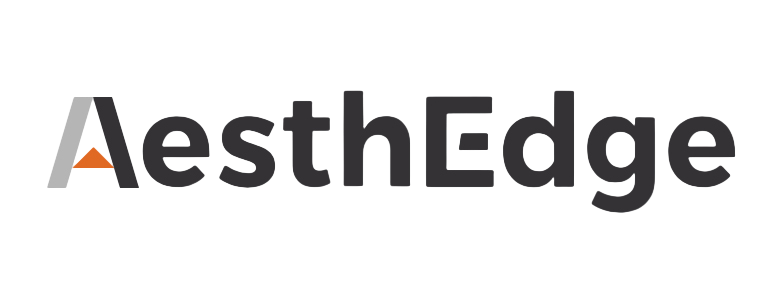UV sheets, also known as UV-protected sheets, are materials that have been treated or manufactured to resist the harmful effects of ultraviolet (UV) radiation. These sheets are commonly used in various applications such as roofing, skylights, greenhouses, and protective coverings. Here are some of the advantages and disadvantages of UV sheets:

Advantages
- UV Protection:
- Prevents Degradation: UV sheets are specifically designed to block UV radiation, which can cause materials like plastics and certain fabrics to degrade over time. This degradation can lead to brittleness, discoloration, and a loss of structural integrity. By blocking UV rays, UV sheets extend the life of the materials they protect.
- Health Benefits: UV radiation is a major cause of skin damage and conditions such as skin cancer, sunburn, and premature aging. UV sheets reduce these risks by blocking or significantly reducing UV exposure.
- Durability:
- Weather Resistance: UV sheets are often made from materials such as polycarbonate, acrylic, or PVC, which are inherently durable and resistant to various weather conditions. This makes them suitable for outdoor use where they will be exposed to elements like rain, wind, and sunlight.
- Long-lasting: These materials are also less likely to crack or warp over time, making them a reliable long-term solution for applications like roofing and protective covers.
- Energy Efficiency:
- Temperature Control: UV sheets can help manage indoor temperatures by reducing the amount of heat that enters a building. This is particularly beneficial for greenhouses, where maintaining a stable temperature is crucial for plant growth, and in residential buildings to reduce cooling costs.
- Clarity:
- Visibility: Clear or translucent UV sheets allow natural light to enter while still blocking harmful UV rays. This is beneficial for spaces that require natural lighting, such as greenhouses, atriums, and skylights. It provides a bright, natural light environment without the associated risks of UV exposure.
- Versatility:
- Wide Range of Applications: UV sheets come in various forms and materials, making them suitable for a wide range of uses. Polycarbonate UV sheets are often used in construction and industrial applications due to their high impact resistance. Acrylic UV sheets are popular for their clarity and aesthetic appeal in applications like signage and displays.
Disadvantages
- Cost:
- Higher Initial Cost: UV-protected sheets are generally more expensive than their non-UV-protected counterparts. This is due to the additional processing and materials required to provide UV resistance. For large-scale projects, this cost can be significant.
- Potential for Yellowing:
- Aesthetic Issues: Some UV sheets, particularly those made from lower-grade materials, can develop a yellow tint over time due to prolonged exposure to sunlight. This can reduce their transparency and aesthetic appeal, which is particularly problematic for applications where clarity is important.
- Material Specific Issues:
- Brittleness: Over time and with continuous exposure to extreme conditions, some materials used in UV sheets, such as polycarbonate, can become brittle and more prone to cracking or breaking.
- Chemical Sensitivity: Certain chemicals and cleaning agents can degrade UV sheets, especially those made from plastics. Care must be taken to use appropriate cleaning methods to maintain the integrity and UV resistance of the sheets.
- Installation and Maintenance:
- Complexity: Installing UV sheets, particularly for large or complex structures, can be challenging. It may require professional installation to ensure proper fitting and sealing, which can add to the overall cost.
- Maintenance: UV sheets require regular maintenance to remain effective. This includes cleaning to remove dirt and debris that can block light and inspecting for any damage or wear that might compromise their protective properties.
- Limited Recyclability:
- Environmental Concerns: Many materials used in UV sheets, such as polycarbonate and acrylic, are not easily recyclable. This can contribute to environmental pollution if the sheets are not disposed of properly. Additionally, the manufacturing process for these materials can have environmental impacts.
Examples and Applications
- Greenhouses:
- Benefits: UV sheets in greenhouses protect plants from harmful UV rays while allowing the optimal spectrum of light for photosynthesis. They also help in maintaining a consistent temperature, which is crucial for plant growth.
- Considerations: Over time, UV sheets in greenhouses need to be inspected for any signs of wear or yellowing that could impact their effectiveness.
- Roofing and Skylights:
- Benefits: UV sheets used in roofing and skylights provide natural light while protecting interiors from UV damage. They also help in reducing the cooling load by blocking some of the heat from the sun.
- Considerations: Proper installation is crucial to prevent leaks and ensure the sheets remain effective over time. Regular cleaning is needed to maintain light transmission.
- Signage and Displays:
- Benefits: Acrylic UV sheets are often used for signage and displays due to their clarity and ability to be easily shaped and colored. They offer excellent light transmission while protecting the graphics from fading due to UV exposure.
- Considerations: Care must be taken to use appropriate cleaning methods to avoid scratching the surface and reducing clarity.
By weighing these detailed advantages and disadvantages, you can make an informed decision about whether UV sheets are suitable for your specific application and what factors to consider during their use.

If you want to know about the colors and prices of UV sheet, please contact us!




